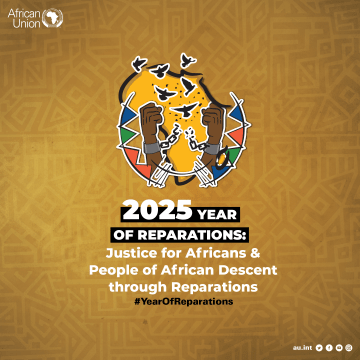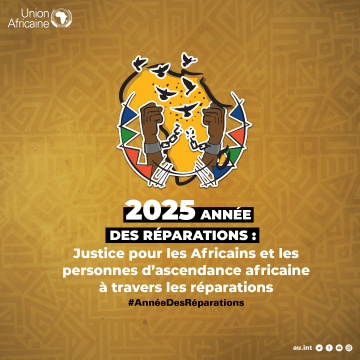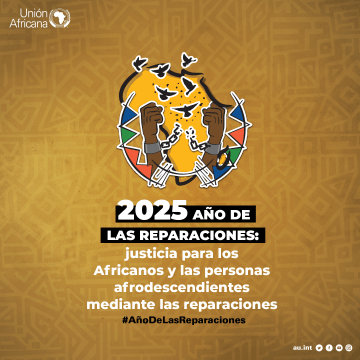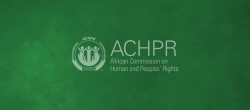Introduction
1. Burkina Faso is a unitary state which is sub-divided into 13 regions and 351 communes. As a landlocked country situated in the heart of West Africa, it covers a surface area of 274,122 km
2. Burkina Faso’s population is mainly youthful and basically rural; the National Statistical and Population Institute (INSD) estimated it at about seventeen million, eight hundred and eighty thousand, three hundred and eighty six (17,880,386) inhabitants in 2014, with an annual population growth rate of 3.1% over the period 1996-2006. 2. The economy of Burkina Faso relies on agriculture, livestock and mining which account for 25%, 12% and 20.1% of the Gross Domestic Product (GDP) respectively. Ninety per cent (90%) of the active population are engaged in the agro-forestry-cum-pastoral sector. According to the 2013 Human Development Report, “The Growth of the South: Human Progress in a Diversified World” of the United Nations Development Programme (UNDP), the Human Development Index (HDI) of Burkina Faso stood at 0.388 in 2013.
3. Burkina Faso ratified the African Charter on Human and Peoples’ Rights on 6 July, 1984. Article 62 of the Charter states that each State Party undertakes to present every other year a report on the legislative or other measures taken to give effect to the rights and freedoms recognized and guaranteed by the Charter.
4. This report is a follow-up on the previous one presented at the 49th Ordinary Session of the African Commission on Human and Peoples’ Rights held from 28 April to 12 May, 2011. It was prepared in accordance with the guidelines for reporting by States Parties on civil and political rights, economic, cultural and social rights as well as the Additional Protocol to the Charter on the rights of women in Africa. It comprises a preliminary chapter on the development of a regulatory and institutional framework and the implementation of the recommendations made by the Commission during the previous review, and two main parts sub-divided into two chapters dealing respectively with the implementation of the provisions of the African Charter on Human and Peoples’ Rights (ACHRR) and the Additional Protocol to the ACHPR on the right of women in Africa.
5. An inclusive and participatory approach was adopted for the preparation of this report. It is also followed the following stages:
- Establishment of a drafting committee and a multi-sectoral committee made up of representatives of ministries, institutions and civil society organizations (CSOs) for the monitoring of the preparation of the report;
- Consultation of public and private institutions; - Preparation of the draft report;
- Consideration and adoption of the draft report by the Monitoring Committee;
- Validation of the draft report by the Inter-Ministerial Committee by a national workshop bringing together participants from the ministries, institutions and CSOs;
Consideration of the draft report by the Inter-Ministerial Committee on Human Rights and International Humanitarian Law, and
- Adoption of the report by the Council of Ministers.








